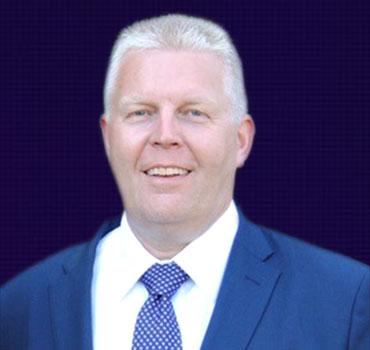Organizations pursuing a cloud-first strategy often find the approach evolving into a cloud-only approach despite some use cases being a poor fit for cloud. Cloud first has been the prevailing approach to cloud adoption initiatives as organizations sought to drive digital transformation and modernization. But cloud services have evolved over the years, adding features and complexity that can increase potential risk. Cloud technologies are also at the root of transformational, cultural and organizational shifts, requiring organizations to review and align their strategies with current realities.
The dynamic nature of cloud requires organizations to shift their approach from cloud first, which prioritizes cloud adoption and legacy modernization above other considerations, to cloud smart, which balances cloud adoption with the organization’s unique circumstances and goals, and business value.
Five best practices to deploy cloud smart:
- Gap between the organization’s aspirations and the ability of in-house staff to execute
- Gap between the expected gains from cloud versus the reality of what cloud can deliver
- Gap between the organization’s business strategy and its cloud strategy
- Gap between the existing and required operating model
2. Establish a Cloud Center of Excellence (CCOE)
CCOE enables IT to express the CIO’s cloud strategy, enables the business to choose the best solutions, provides governance through policies and cloud management tools and gathers cloud best practices.
- Governance. The CCOE creates cloud-computing-related policies and selects governance tools. In collaboration with a cross-functional team, it creates policy enforced by the organization’s mixture of tools and approved organizational processes. This approach provides appropriate risk management as well as financial management.
- Brokerage. The CCOE assists users in selecting cloud providers, architects cloud solutions and collaborates with the sourcing team for contract negotiation and vendor management.
- Community. The CCOE raises the level of cloud knowledge in the organization by capturing and disseminating best practices. It does this through a knowledge base, source-code repository, cloud community of practice councils and training events, as well as through outreach and collaboration throughout the organization.
3. Select the workloads that prioritize speed, simplicity and business value when migrating to the cloud
This can be done in multiple waves: In Wave One, move the “lowest hanging fruits,” or the easiest and most cost-efficient workloads. In Wave Two, move the second easiest workloads, and repeat until all that remains are workloads that cannot be migrated quickly or in a manner that would incur higher operating costs in the cloud.
4. Focus on simplicity
Major cloud providers introduce hundreds of new features to their cloud offerings every year, which adds a layer of complexity that slows down many journeys to the cloud.
To address that complexity, adopt a “keep it simple and safe” approach. It reflects the design principle that most systems work best when complexity is minimized and considers new challenges and undesirable security impacts in the cloud. Organizatgions should avoid an excessive number of components or integrations and use proven frameworks and architectures to keep it simple.
5. Reflect your organization’s unique context and cloud realities
There is no denying that cloud is a great fit for many use cases, but not all applications and workloads benefit from the cloud. There are a number of regional and local differences that cloud exhibits, for instance network latencies, local services availability, regulatory requirements and more. Priorities and circumstances also vary across enterprises and the journey to the cloud must be tailored to those situations. Ensure a successful journey to cloud by protecting your organization and its investments while supporting cloud initiatives that enable speed, agility, innovation and cost efficiencies.
[based on article in siliconANGLE, the voice of enterprise and emerging tech]





